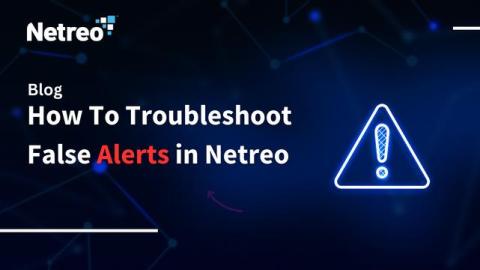Operations | Monitoring | ITSM | DevOps | Cloud
Alerting
How to Create Great Alerts
Alerts Are Fundamentally Messy
The alert fatigue dilemma: A call for change in how we manage on-call
Once the unsung heroes of the digital realm, engineers are now caught in a cycle of perpetual interruptions thanks to alerting systems that haven't kept pace with evolving needs. A constant stream of notifications has turned on-call duty into a source of frustration, stress, and poor work-life balance. In 2021, 83% percent of software engineers surveyed reported feelings of burnout from high workloads, inefficient processes, and unclear goals and targets.
Never miss machines malfunctioning with ilert integration for Tulip
Downtime costs money. That's why an effective incident management system is crucial. We're excited to announce our new partnership with Tulip to help manufacturers manage incidents better. This integration is an important advancement for complex production processes that require an in-depth operational strategy.
How To Troubleshoot False Alerts in Netreo
8 Strategies for Reducing Alert Fatigue
Site Reliability Engineers (SREs) and DevOps teams often deal with alert fatigue. It's like when you get too alert that it's hard to keep up, making it tougher to respond quickly and adding extra stress to the current responsibilities. According to a study, 62% of participants noted that alert fatigue played a role in employee turnover, while 60% reported that it resulted in internal conflicts within their organization.
Mastering IT Alerting: A Short Guide for DevOps Engineers
$575 million was the cost of a huge IT incident that hit Equifax, one of the largest credit reporting agencies in the U.S. In September 2017, Equifax announced a data breach that impacted approximately 147 million consumers. The breach occurred due to a vulnerability in the Apache Struts web application framework, which Equifax failed to patch in time. This vulnerability allowed hackers to access the company's systems and exfiltrate sensitive data.











